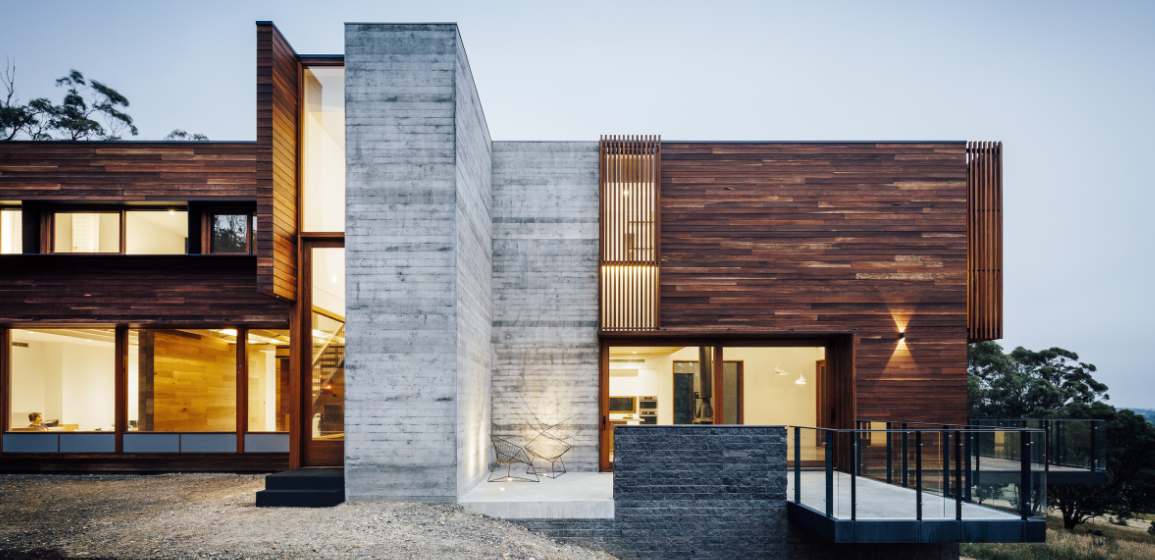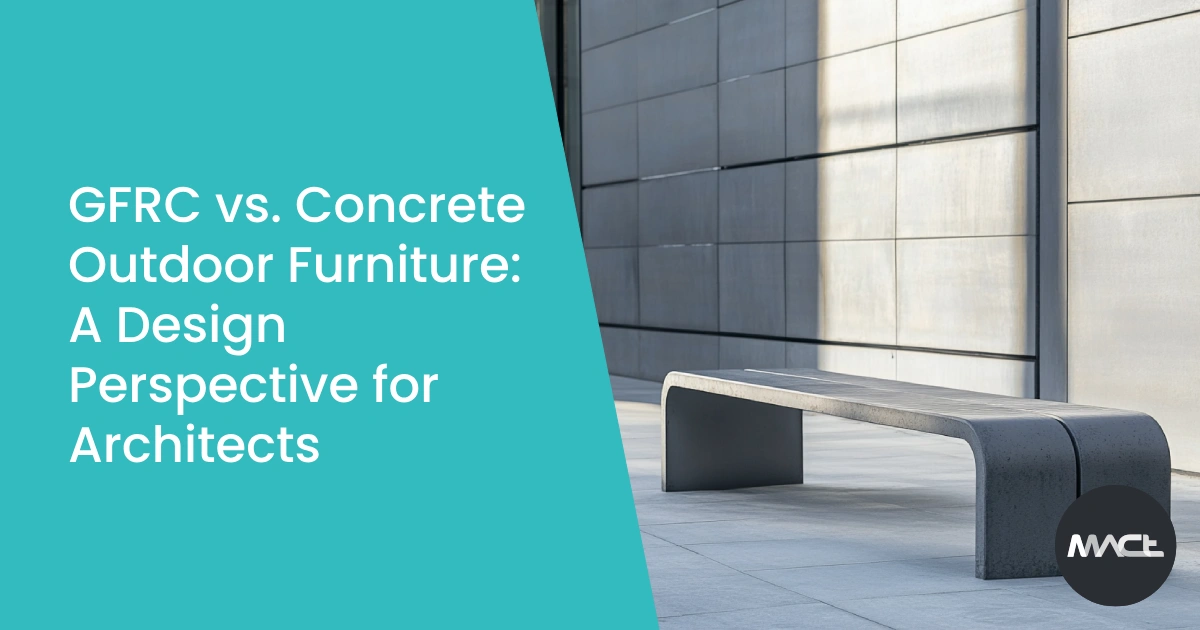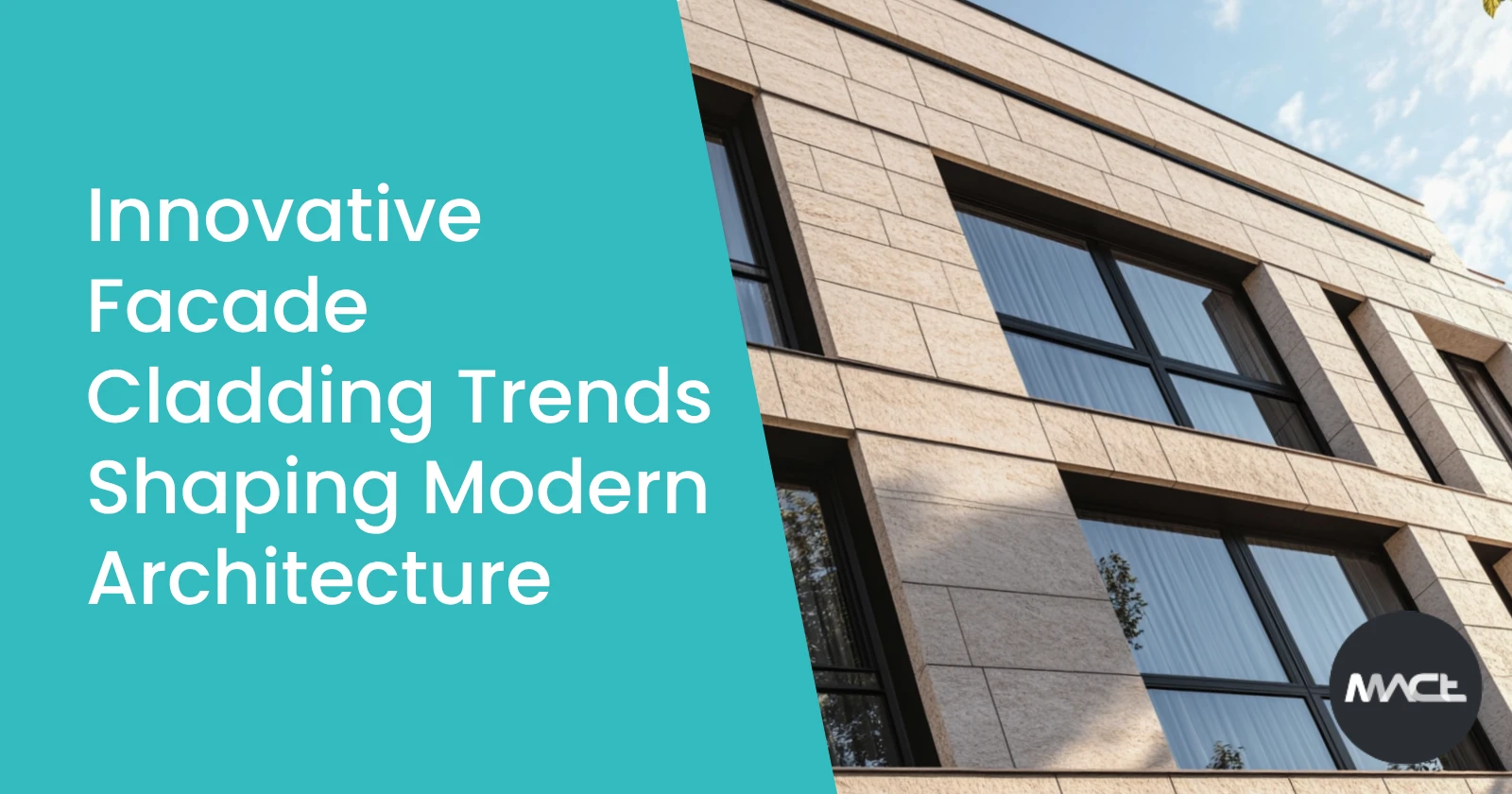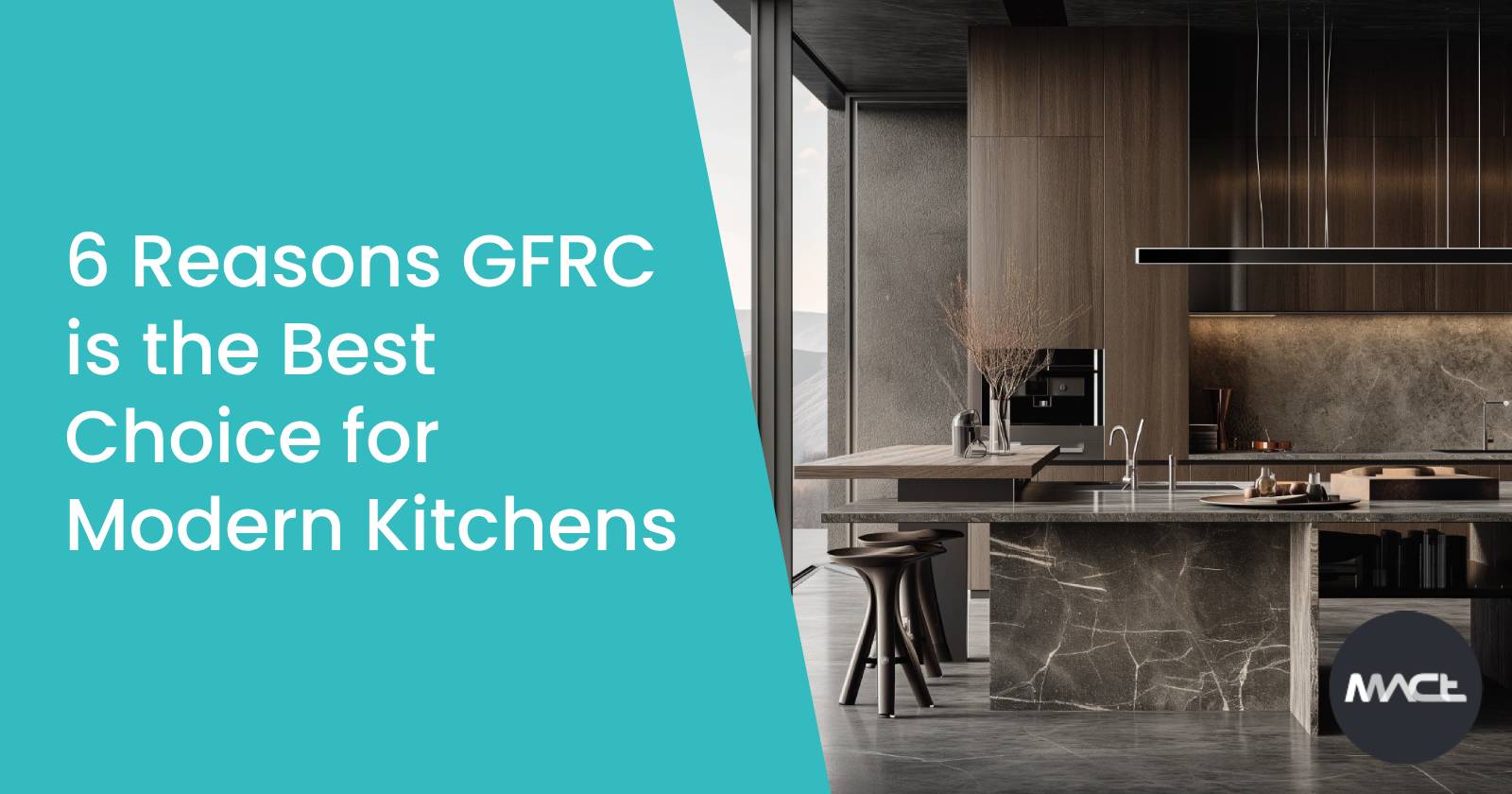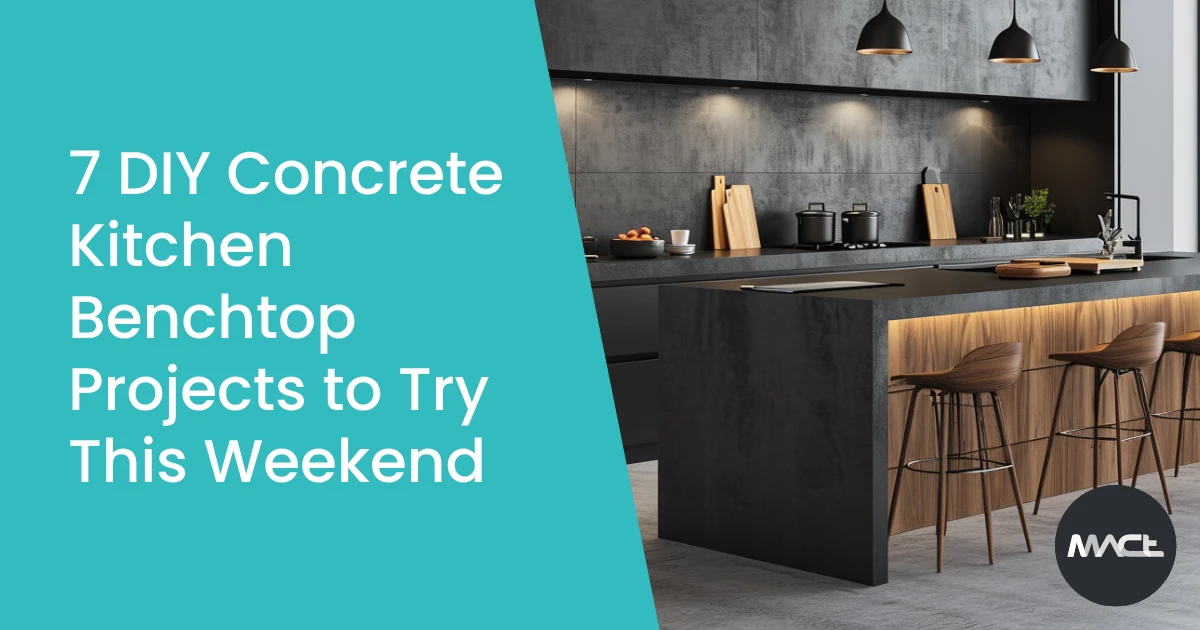1. Facade Cladding
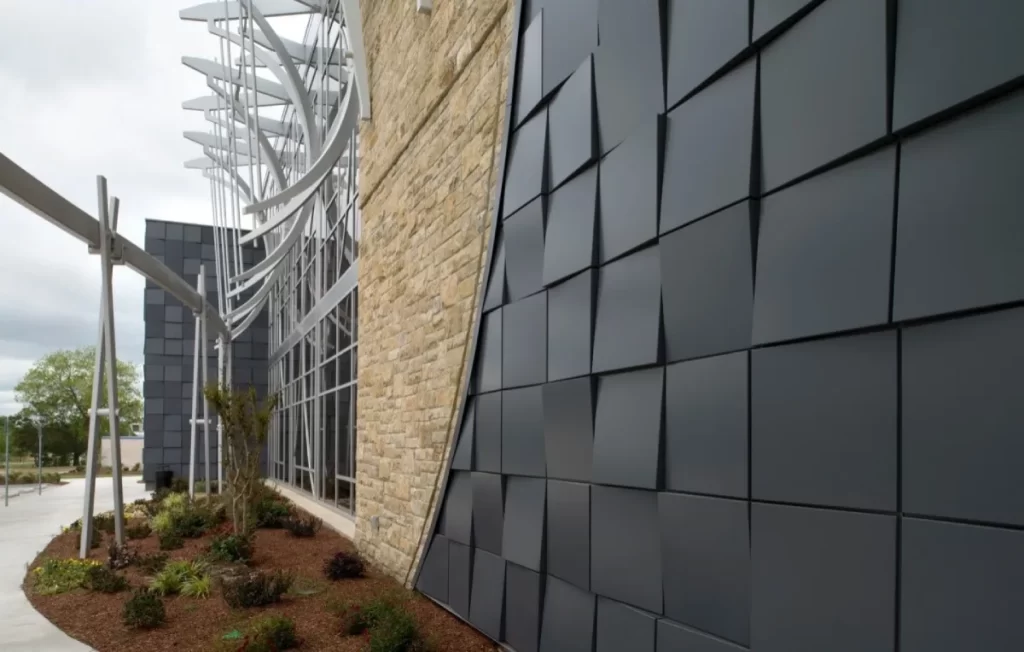
Facade cladding with GFRC has marked a new era in architectural aesthetics, offering an array of creative possibilities. Its lightweight yet durable nature allows for the design of intricate, textured exteriors capable of withstanding Australia’s harsh climates. GFRC cladding is practical and artistically versatile, enabling architects to craft unique, visually appealing structures that stand out in urban landscapes while blending seamlessly with natural surroundings.
2. Decorative Features
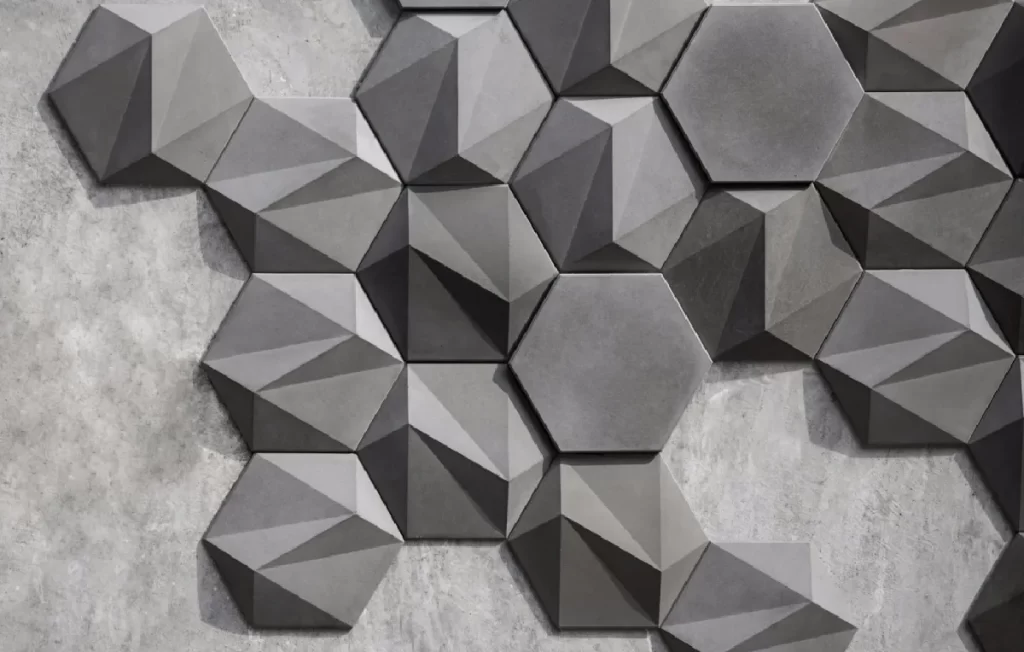
The adaptability of GFRC has revolutionised the creation of decorative architectural features. In Modern Australian Architecture, GFRC produces elaborate patterns, intricate mouldings, and unique sculptures that adorn both exteriors and interiors of buildings. This material’s capacity for fine detailing enables architects and designers to bring their most ambitious artistic visions to life, adding character and depth to Australian structures.
3. Landscape Design
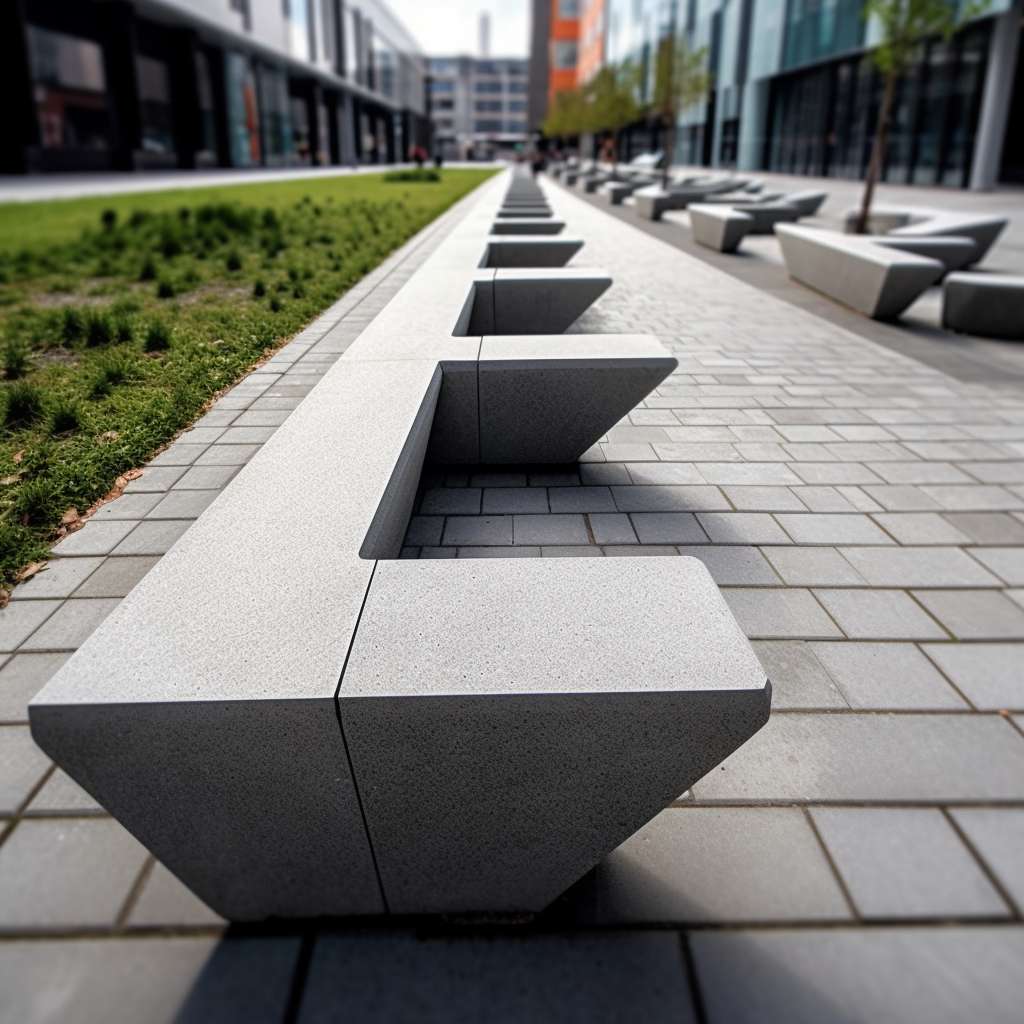
4. Interior Elements
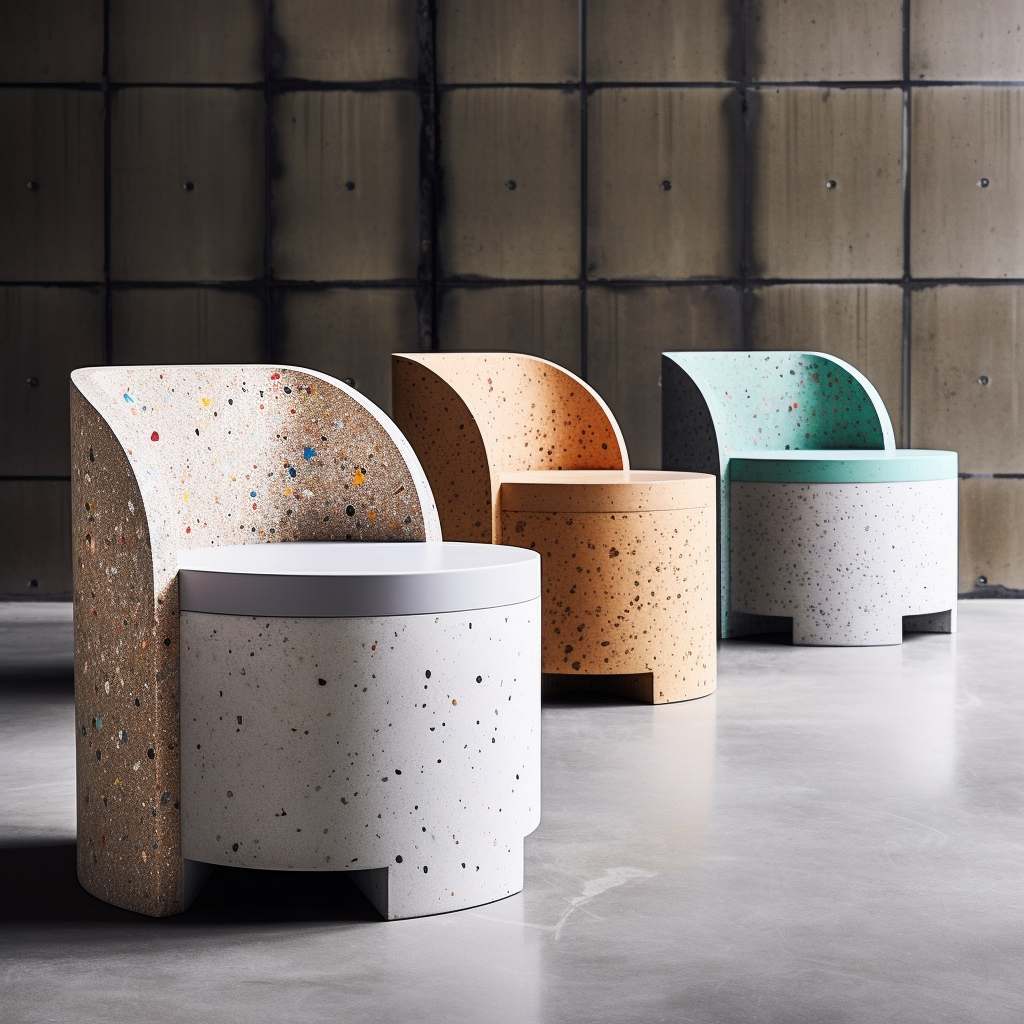
5. Restoration and Preservation
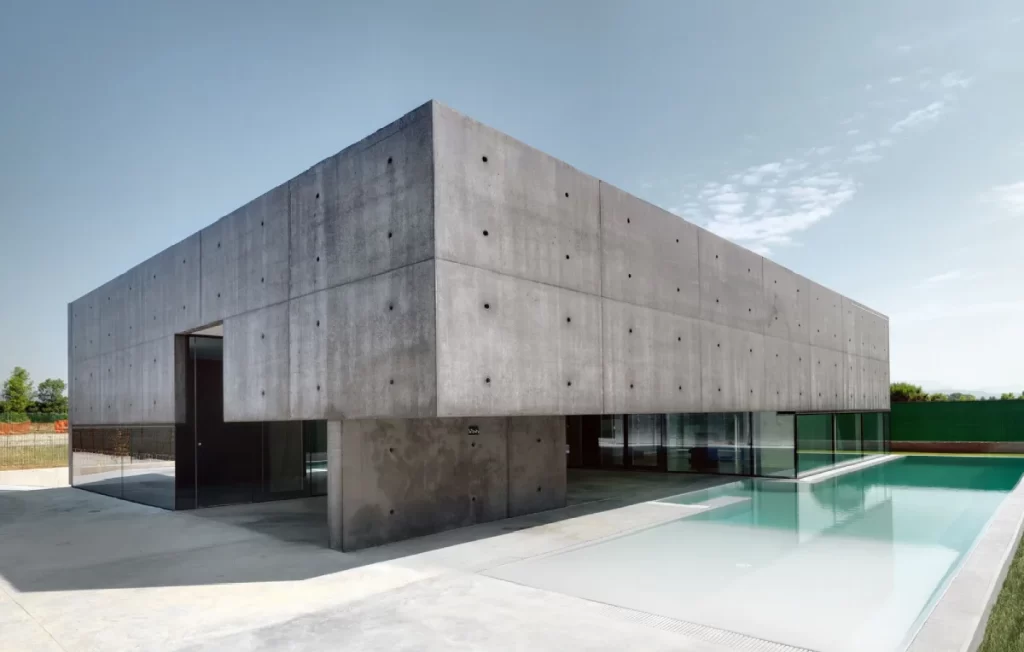
The preservation of Australia’s historical architecture is facilitated by the use of GFRC, which can replicate the appearance and texture of heritage materials. This quality is invaluable in restoring old buildings where maintaining historical accuracy is essential. GFRC enables the seamless restoration of aged facades, decorative friezes, and ornamental features, ensuring the longevity and continuity of Australia’s architectural heritage without compromising modern performance standards.
6. Modular Construction

7. High-Performance Envelopes
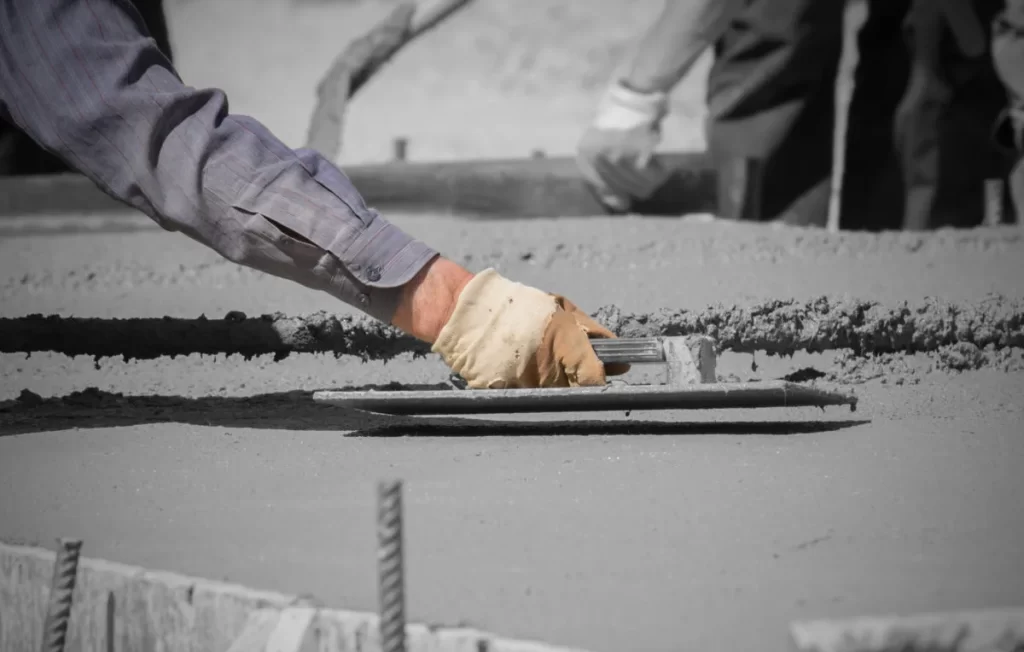
8. Modern Australian Architecture for Roofing
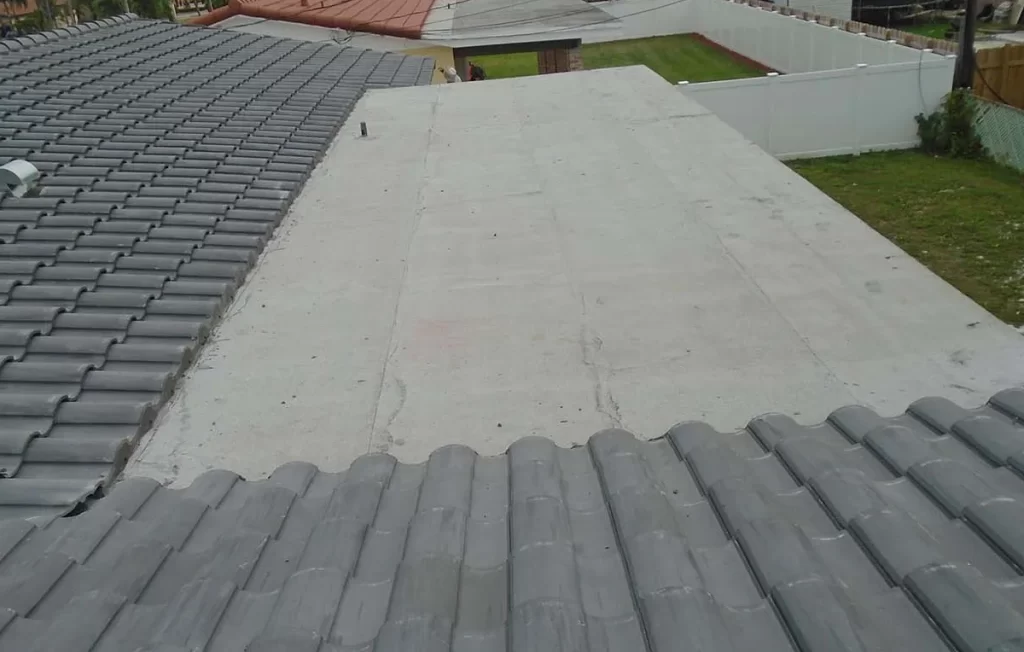
9. Sound Barrier Panels
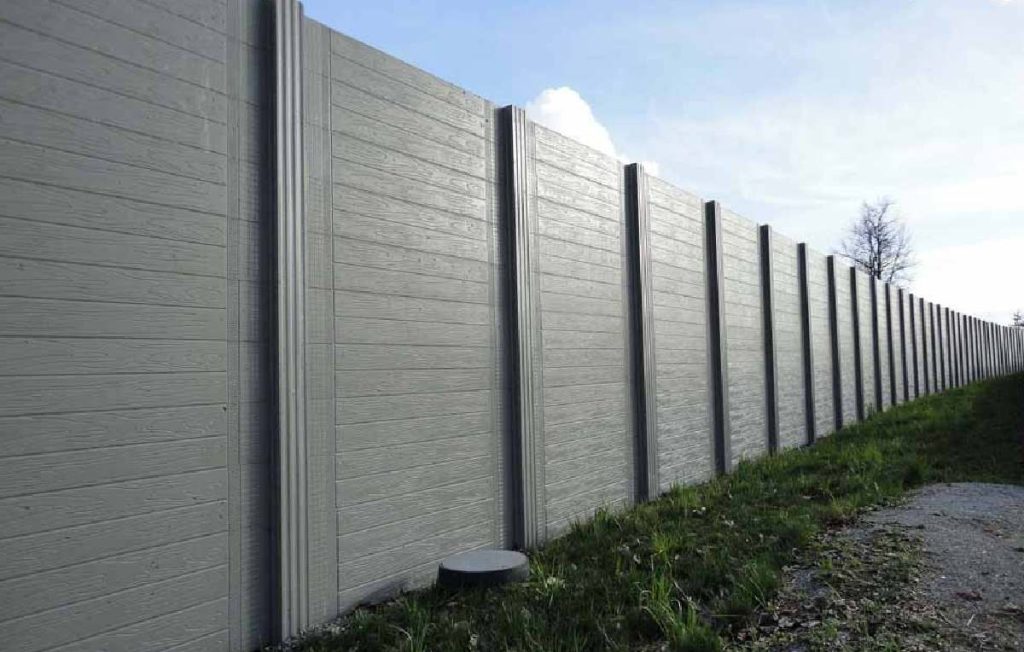
10. Fire-resistant Applications

FAQ
What are some iconic examples of Australian architecture houses?
What makes famous architecture in Australia unique?
How has mid-century modern architecture influenced Australia?
Can you name some modern architecture projects in Australia that stand out?
Conclusion
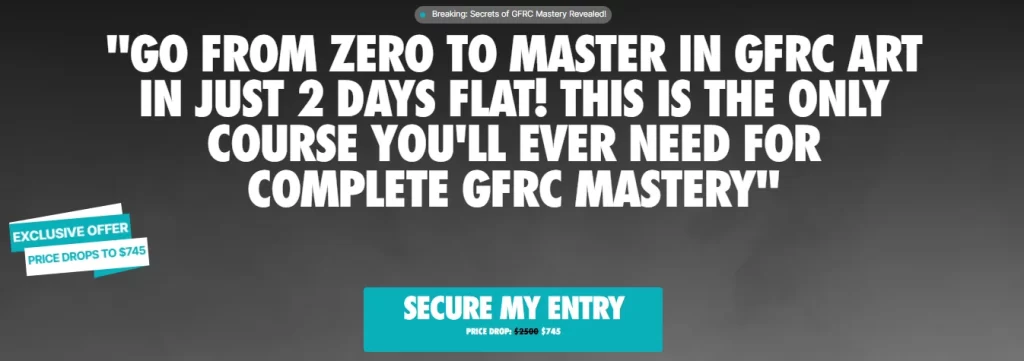
Boost your skills and knowledge in Glass Fiber Reinforced Concrete by signing up for our GFRC Training program, presented by MACt. Unlock new career opportunities and advance your professional journey. Click here to find out more and register today!
